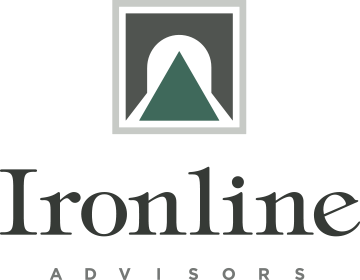Based on deal activity through June 30, 2021, full year 2021 should set a new record for M&A middle market deals. So far, buyers have closed 1,721 middle market deals for a combined $264 Billion in deal value. Annualized, this continued deal activity level will eclipse 2019 record levels of 2,927 deals valued in excess of $416 Billion.
Beginning with 3Q 2020, M&A deal activity has spiked for three successive quarters. General factors driving outsized deal numbers are the robust economic recovery, ample supply of debt available from direct lenders, COVID vaccinations and business owners’ fear of a potential capital gains tax hike.
Additionally, private equity and other professional investors are using substantial amounts of undeployed fund liquidity to pay record deal multiples for “high quality” businesses. Regardless, fundraising continued at a rapid clip in the first half of 2021, with 87 funds raised for a combined $68 Billion.
While market values are high, lenders are friendly towards providing deal leverage, willing strategic and financial buyers are plentiful, and private company owners are motivated to sell by their personal assessments and experiences during COVID:
- Owners no longer want to bear 100% of the effort and risk of their businesses;
- Owners enjoyed their flexible schedules and working remotely;
- Owners are concerned about higher corporate, personal and capital gains taxation;
- Owners’ accumulated wealth is concentrated in their companies, which is illiquid and unavailable to fund their life span until a transaction occurs; and
- Owners fear the next “unforeseen” crisis adversely affecting their companies.
Additionally, Buyers due diligence scope has expanded as a result of their 2019-2020 experiences:
- Assessment of management leadership, planning and actions during COVID;
- Employee recruiting and retention to ensure adequate staffing;
- Supplier relationships, reliability and cost increases;
- Supply chain interruptions or delays; and
- Goods or services pricing strategies to absorb supplier and shipping cost increases.
Looking forward, there is less certainty of the deal activity level continuing into 2022. The most prevalent concerns to investors and business owners are raw materials costs, labor shortages, supply chain reliability and freight costs.






